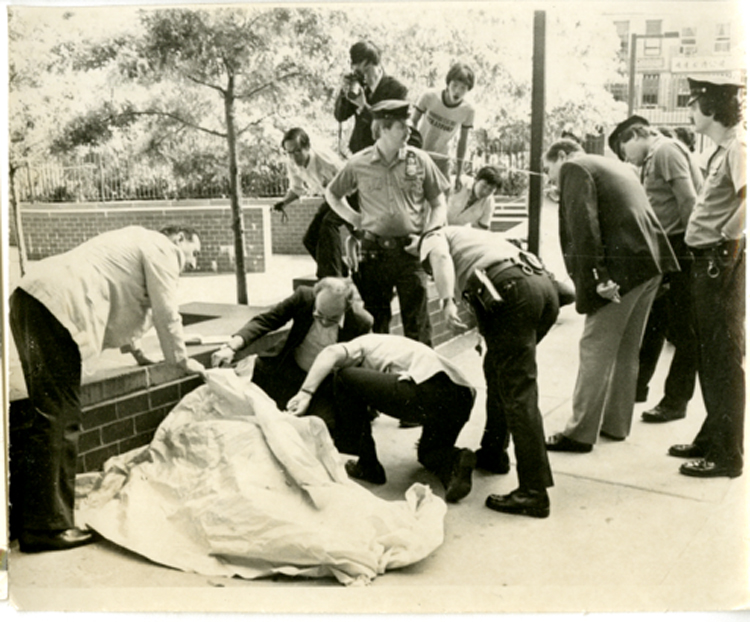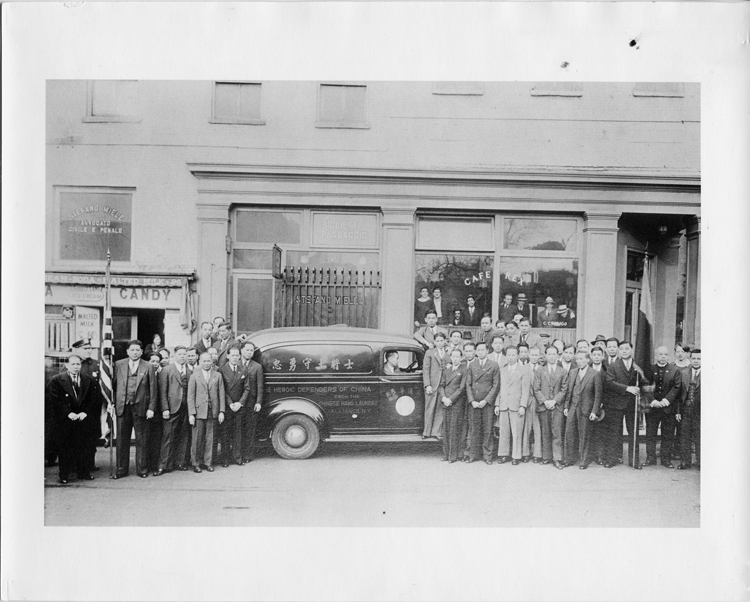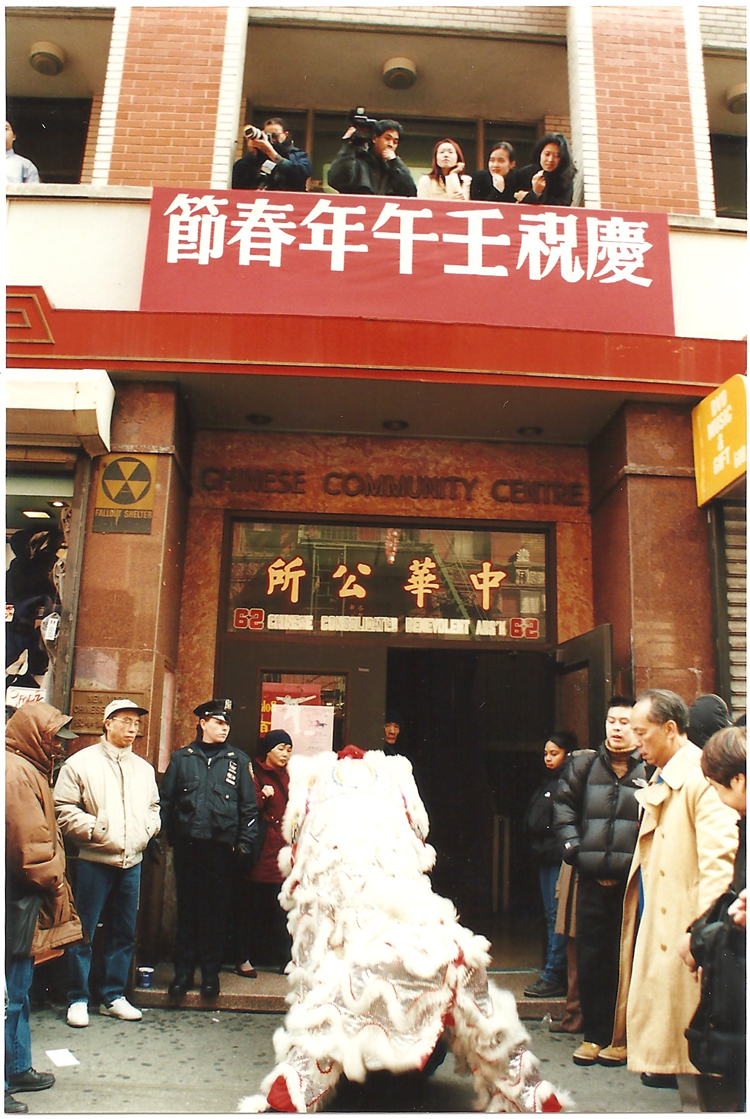Collections馆藏Collections馆藏Collections馆藏Collections馆藏Collections馆藏Collections馆藏Collections馆藏Collections馆藏Collections馆藏Collections馆藏Collections馆藏Collections馆藏Collections馆藏Collections馆藏Collections馆藏Collections馆藏Collections馆藏Collections馆藏Collections馆藏Collections馆藏Collections馆藏Collections馆藏Collections馆藏Collections馆藏Collections馆藏Collections馆藏Collections馆藏Collections馆藏Collections馆藏Collections馆藏Collections馆藏Collections馆藏Collections馆藏Collections馆藏Collections馆藏Collections馆藏Collections馆藏Collections馆藏Collections馆藏Collections馆藏Collections馆藏Collections馆藏Collections馆藏Collections馆藏Collections馆藏Collections馆藏Collections馆藏Collections馆藏Collections馆藏Collections馆藏Collections馆藏Collections馆藏Collections馆藏Collections馆藏Collections馆藏Collections馆藏Collections馆藏Collections馆藏Collections馆藏Collections馆藏Collections馆藏Collections馆藏Collections馆藏Collections馆藏

04 September 2019 Posted.
Aftermath of gang violence at Confucius Plaza, 1981, Photograph taken by Emile Bocian, Museum of Chinese in America (MOCA) Collection.
1981年,孔子大厦,帮派斗殴之后,包信摄影,美国华人博物馆(MOCA)馆藏
19世纪末,越来越多的中国移民在美国面临着来自美国白人和美国政府的严重歧视和暴力。由于需要支持、保护和倡导,志愿者协会开始出现在唐人街。以中国的宗族机构为模型,依据相同的家乡、姓氏或当地方言,堂口开始组织成型。虽然这些组织最初在住房、就业和社区纠纷等移民问题上提供帮助,但是这样志愿经营的堂口难以为他们的社区公共事业提供资金,尤其是超出会员之外的部分。因此,许多堂口开始涉足更有利可图的犯罪活动。卖淫、贩卖人口,以及赌博和鸦片,成为单身汉社会堂口的主要交易。为了领土和利益的争夺导致了数十年血腥的“堂口乱斗”。
早期,堂口雇佣“打手”(boo how doy)来实施战斗和争抢地盘。在纽约,最著名的团体是协胜堂(Hip Sing tong)和安良堂(On Leung tong)。尽管臭名昭著的世纪之交的“堂口”大多已成为历史,但它们的影响在新一代唐人街帮会中延续—-在整个20世纪80年代,协胜堂的后代帮派飞龙帮(Flying Dragons)和安良堂的衍生帮派鬼影帮(Ghost Shadows)和地威臣街男孩帮(Division Street Boys)展开地盘争夺战。2000年代,像Fuk Ching(蛇头)这样的福建黑帮以高价偷运移民,构成了纽约唐人街帮派生活的主要部分。尽管美国流行文化将唐人街的帮派暴力描绘成是中国人“恶劣的、外来的本性”的固有特征,但堂口和今天的帮会显然是华裔美国人遭受系统性种族歧视压迫的结果。


